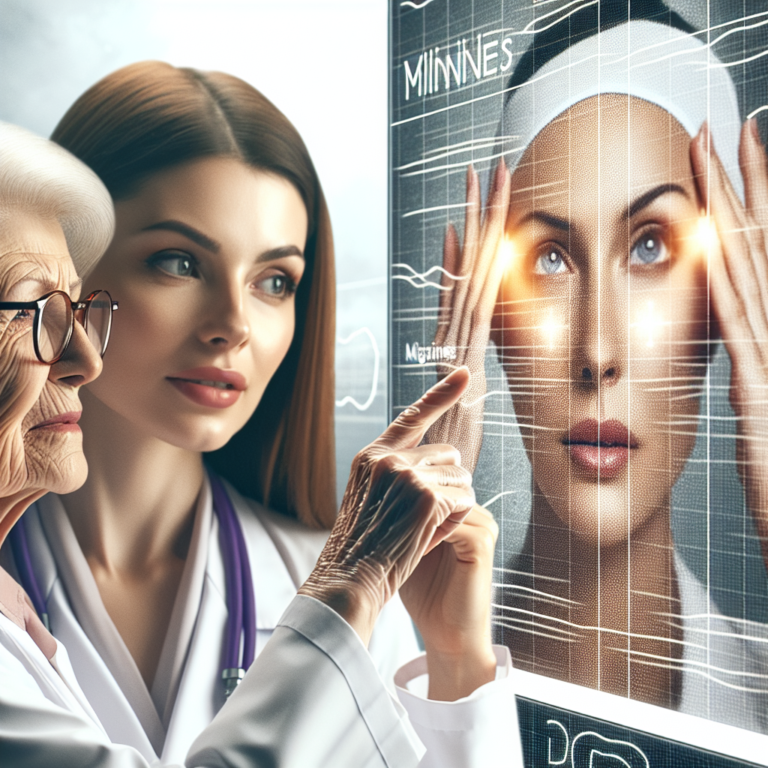In the world of cosmetic enhancement, few treatments have achieved the enduring popularity and versatility of Botox. Originally developed as a treatment for eye disorders in the 1980s, Botox has since carved a niche as a go-to solution for cosmetic and medical concerns alike. While most people recognize it as a wrinkle-reducing miracle, Botox’s applications extend far beyond aesthetics, encompassing various medical conditions including chronic migraines and excessive sweating. This article explores the multifaceted uses of Botox, shedding light on its broad spectrum of benefits.
The Cosmetic Appeal: Bidding Farewell to Wrinkles
Botox, short for botulinum toxin, works by temporarily paralyzing the muscles responsible for facial expressions. By inhibiting these muscle contractions, Botox can smooth out dynamic wrinkles—those fine lines that form when we smile, frown, or squint—resulting in a more youthful appearance. The most common areas for Botox injections are:
- Forehead Lines: Horizontal lines that develop across the forehead as a result of frequent frowning or raising the eyebrows.
- Crow’s Feet: Fine lines that form around the eyes, primarily due to expressions like smiling and squinting.
- Frown Lines: Vertical lines that appear between the eyebrows and express concern or anger.
With its ability to significantly reduce the appearance of these lines, Botox treatments have gained favor among those seeking non-surgical options for facial rejuvenation. Moreover, the effects typically last between three to six months, allowing for ongoing maintenance and adjustments.
Therapeutic Uses: More Than Just Beauty
While Botox is renowned for its cosmetic applications, its efficacy as a therapeutic intervention has garnered attention in the medical community. Here are some of the most notable medical uses of Botox:
1. Treatment of Chronic Migraines
Chronic migraines affect millions of people worldwide, leading to debilitating pain and significant lifestyle limitations. Botox is FDA-approved for the preventive treatment of chronic migraines, requiring periodic injections every three months. The injections target specific areas of the head and neck to help reduce the frequency and intensity of migraine attacks. Patients often report a noticeable decrease in headache days and an improvement in quality of life following treatment.
2. Managing Hyperhidrosis
Excessive sweating, or hyperhidrosis, can be a source of embarrassment and discomfort for those it affects. Botox can effectively alleviate this condition by blocking the nerve signals that stimulate sweat production. Injections can be administered to areas such as the armpits, palms, and soles of the feet, providing relief that can last several months. Many patients experience a dramatic reduction in sweat levels, leading to increased confidence in social and professional settings.
3. Alleviating TMJ Disorders
Temporomandibular joint (TMJ) disorders can cause pain and discomfort in the jaw area, often exacerbated by teeth grinding and jaw clenching. Botox has proven effective in relaxing the jaw muscles, thereby relieving tension and reducing pain. Many patients report significant improvements in their symptoms following treatment and experience greater ease in movement of the jaw.
Safety and Considerations
Despite its widespread use and favorable safety profile, Botox is not without risks. Common side effects include temporary bruising, swelling, and headaches. More serious, but rare, complications can occur if the toxin migrates to unintended areas. Therefore, it is essential to seek treatment from a qualified and experienced medical professional who can ensure proper administration and address any concerns.
The Future of Botox Treatments
As research continues to unravel the potential of Botox, its applications may expand even further. Scientists are exploring its use for various other conditions such as depression, bladder dysfunction, and even certain gastrointestinal disorders. As we look to the future, Botox could become an integral part of not just aesthetic treatments, but holistic approaches to managing diverse health challenges.
Conclusion
From smoothing fine lines to alleviating chronic migraines and excessive sweating, Botox has transformed from a simple cosmetic treatment into a versatile therapeutic agent. Its ability to address both aesthetic and medical concerns makes it an invaluable tool in the healthcare and beauty industries. As the understanding of botulinum toxin deepens, the possibilities for its use are likely to broaden, opening new doors for improved patient care and enhanced quality of life.
For those considering Botox, whether for cosmetic enhancement or medical relief, it is crucial to consult with a qualified healthcare provider. With the right guidance, Botox can contribute to not only a more youthful appearance but also a healthier, more comfortable life.


